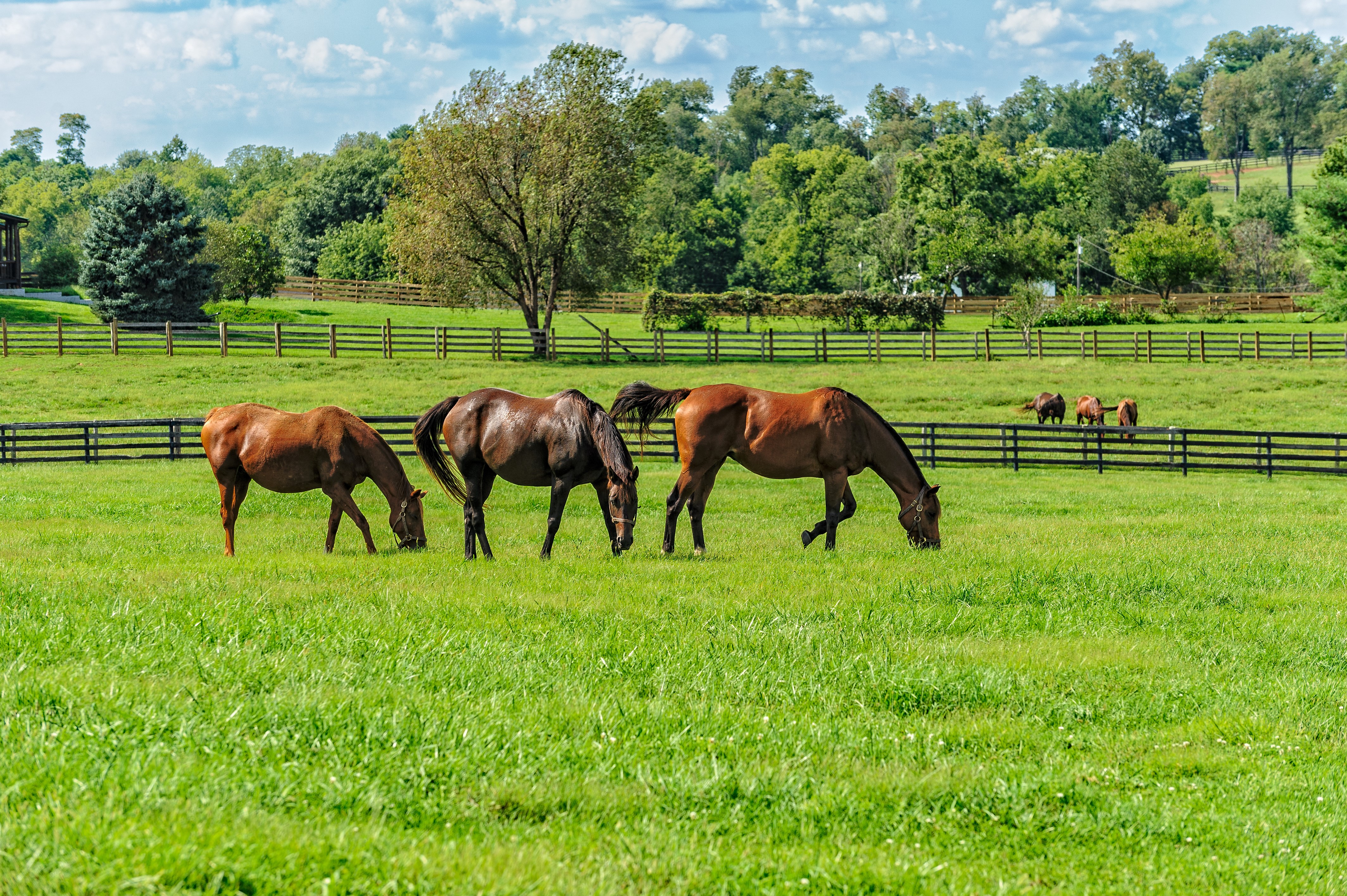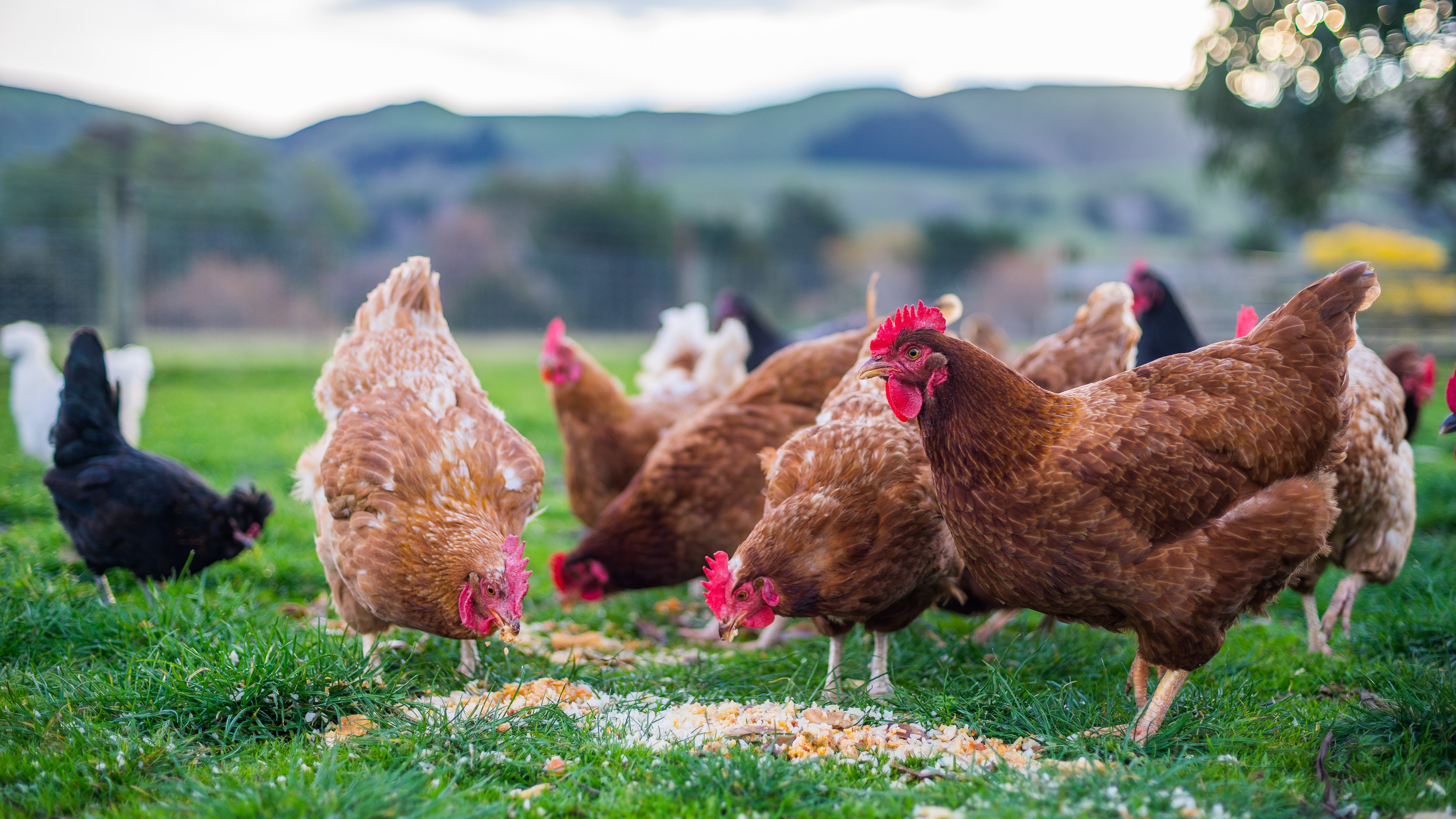Contagious Mastitis
Introduction: Bovine mastitis is the most costly disease for dairy producers, no matter whether they farm conventionally or organically. Losses stem from decreased production, loss of quality bonuses, increased labor and veterinary expense, discarded milk and potentially culling. There are a number of risk factors for mastitis present on all dairy farms. By minimizing these risks with certain preventive measures, economic losses from mastitis can be reduced.
In this section we will look at the most common causes of contagious mastitis in cattle, the risk factors for developing contagious mastitis, and some intervention strategies to reduce the risk and to decrease the prevalence of contagious mastitis.
Causes: Contagious mastitis is sometimes referred to as Cow-to-Cow mastitis because it is generally spread from cow to cow. The primary habitat of bacteria causing contagious mastitis is on the udder and in teat lesions. These bacteria have poor survival in the environment when not associated with the skin or in the gland. Contagious mastitis is the type of mastitis in chronic or subclinical mastitis. The infection is usually caused by one of the following bacteria
- Staphyyloccous aureus
- Streptococcus agalactiae
- Mycoplasma
The infection can be spread by
- Dirty sponge or cloth used to wash multiple udders
- Milker’s hands
- Cracked liners
- Vacuum fluctuations
- Inadequate pulsation
- Careless attachment and detachment of liners
Clinical signs: Sub clinical mastitis is much more common than clinical mastitis, and so no clinical signs bar an increase in somatic cell count may visible. Clinical signs when seen can be
- Warm udder painful to the touch
- Watery or clotted milk
- Fever
- Depression
- Reduced feed intake
Diagnosis: Clinical cases can be diagnosed by clinical signs. Sub clinical cases are much more problematic when it comes to diagnosis. Milk tests kits are the key here such as
- California Mastitis test
- Bulk tank somatic cell counts
- Individual cow cell counts
- Bulk milk cultures
- Individual cow sample cultures
Treatment and Control: Individual cases may require antimicrobial therapy. You should consult your private veterinary practitioner for specific treatment. You should also consult with your private veterinary practitioner on the implementation a mastitis control programme. Control is the key to reducing contagious mastitis. This programme should focus on
- Improving milking parlour procedures
- Regular maintenance of milking equipment
- Evaluation of dry cow therapy
- Improving biosecurity, particularly around new cows and maiden heifers
- Identification and culling programme for chronic cases
Useful Links:
https://www.icbf.com/wp/?page_id=2274
http://animalhealthireland.ie/?page_id=95
http://www.frsfarmreliefservices.ie/milking-course/#.U9Zv57HQ_oE
http://animalhealthireland.ie/?page_id=52






